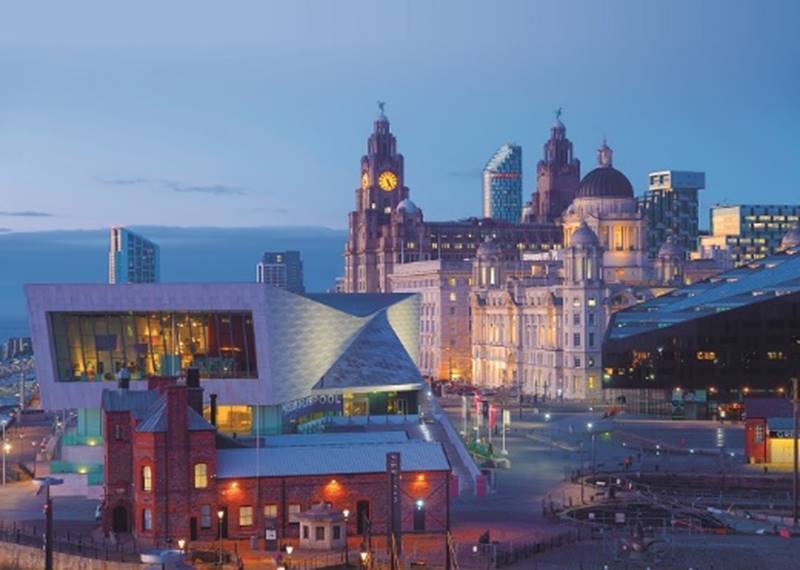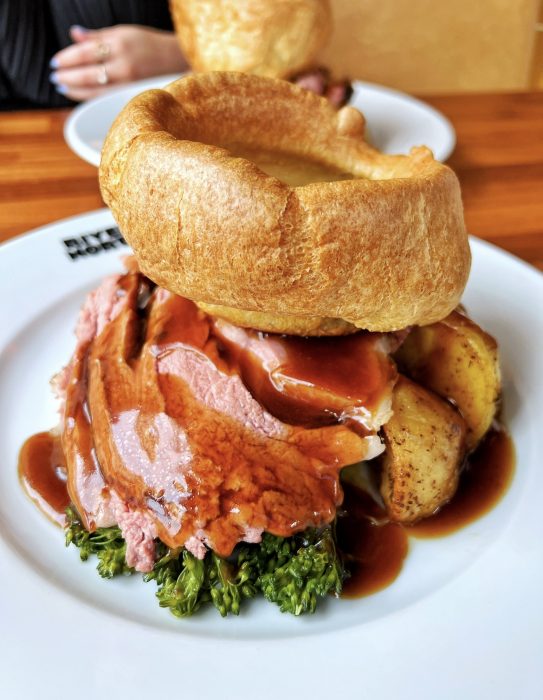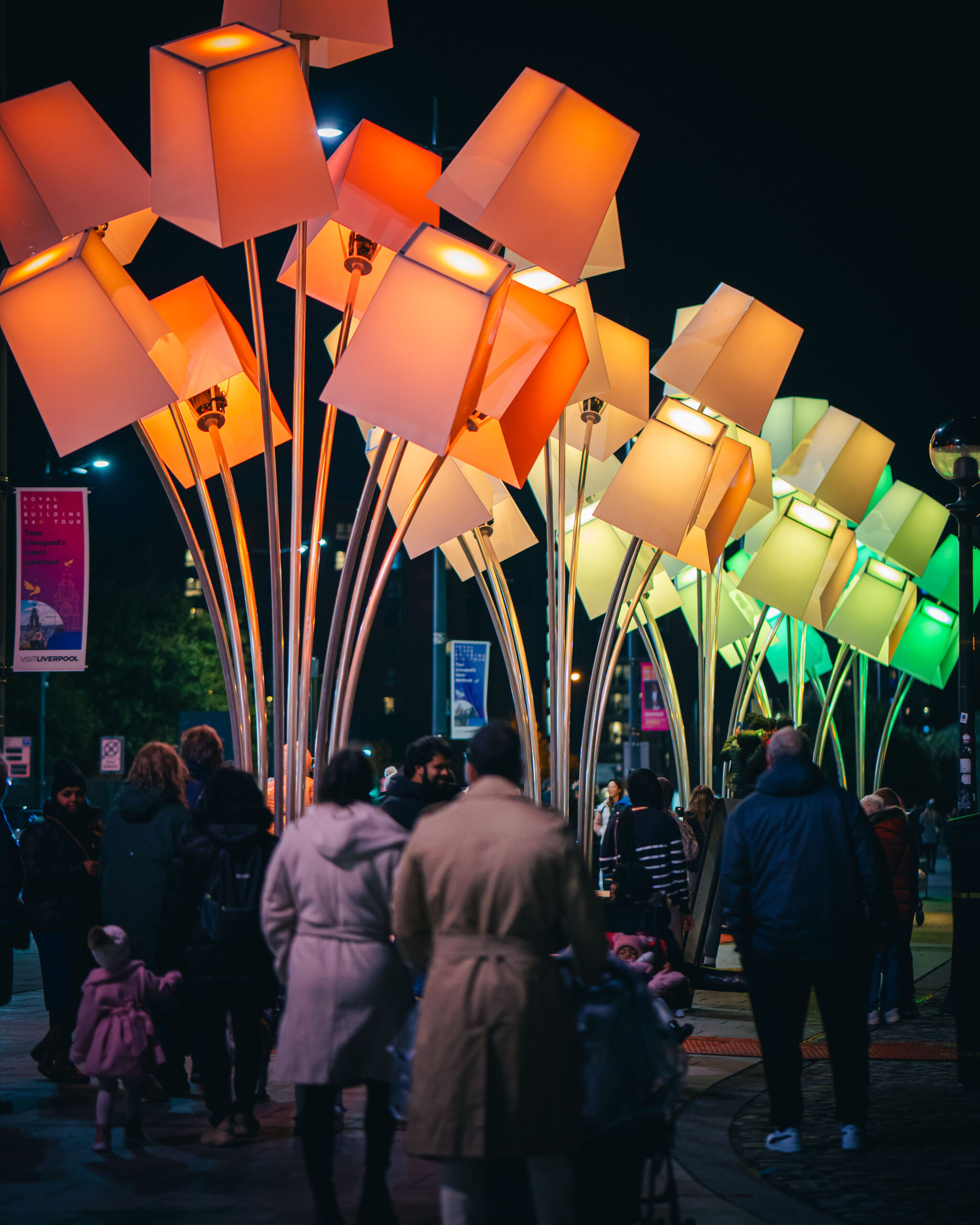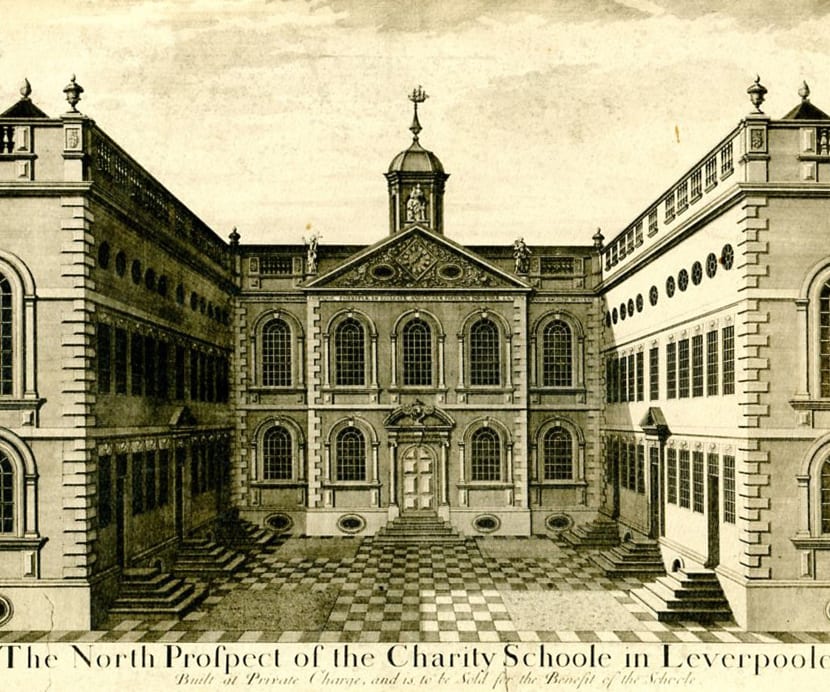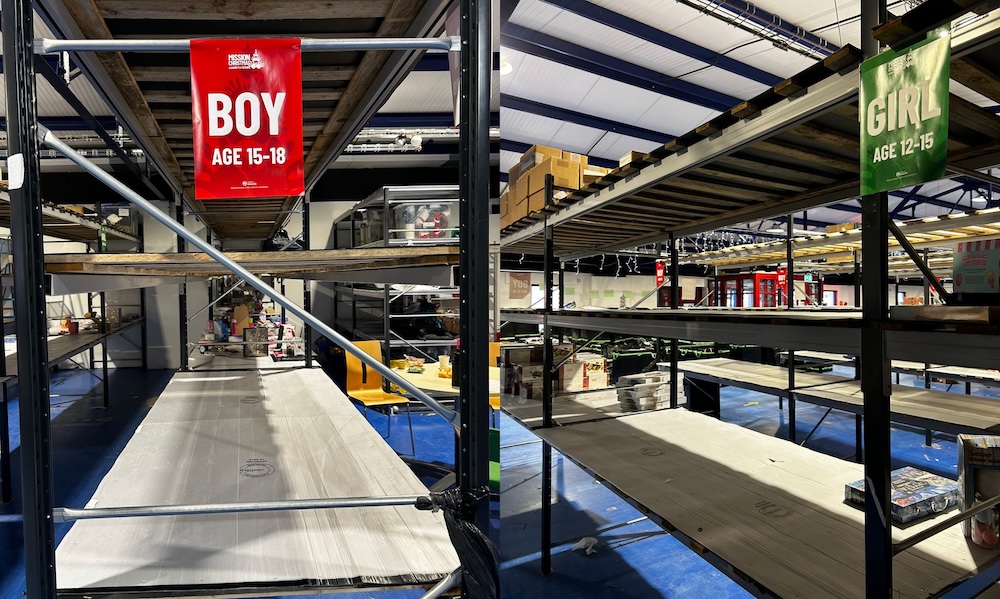
Liverpool News
Have your say on Liverpool City Region’s new Nature Recovery Strategy
10 months ago
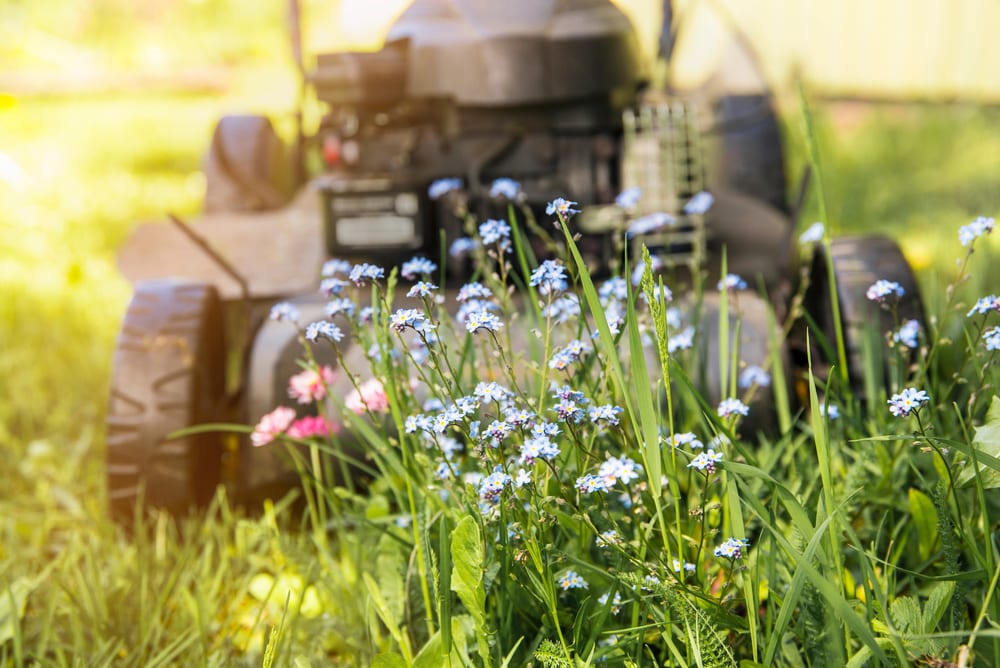
People across the Liverpool City Region are being urged to get involved and share their thoughts on a vital new plan to help restore habitats, protect species, and boost biodiversity.
The Local Nature Recovery Strategy (LNRS) has been developed in response to a worrying decline in biodiversity across the UK, with many common species now at risk due to habitat loss and environmental pressures.
Sadly, Liverpool City Region mirrors this national picture, having lost 5% of all land habitats since the 1980s, including 10% of its most biodiverse grasslands.
Since 1970, 36 priority species of plants and animals have not been seen and could be considered locally extinct, with a further 34 species not seen since 1989.
The recovery strategy identifies and maps opportunities to create, enhance and restore habitats with the biggest benefit for nature and people.
A six-week public consultation and local habitat map has been launched today (Friday 21 February) on the LNRS. It is the final chance to correct any mistakes or add local areas that have been missed.
Mayor of the Liverpool City Region Steve Rotheram said:
“The Liverpool City Region is home to some of the most stunning natural landscapes in the country – but in the past few decades, we’ve seen a worrying decline in our habitats and biodiversity.
“The Local Nature Recovery Strategy is about turning the tide, identifying the best ways to restore and enhance habitats, and ensuring that nature can thrive across our region.
“But we can’t do it alone. I want as many local people as possible to have their say in this consultation – because a greener, more sustainable future is something we all have a stake in.”
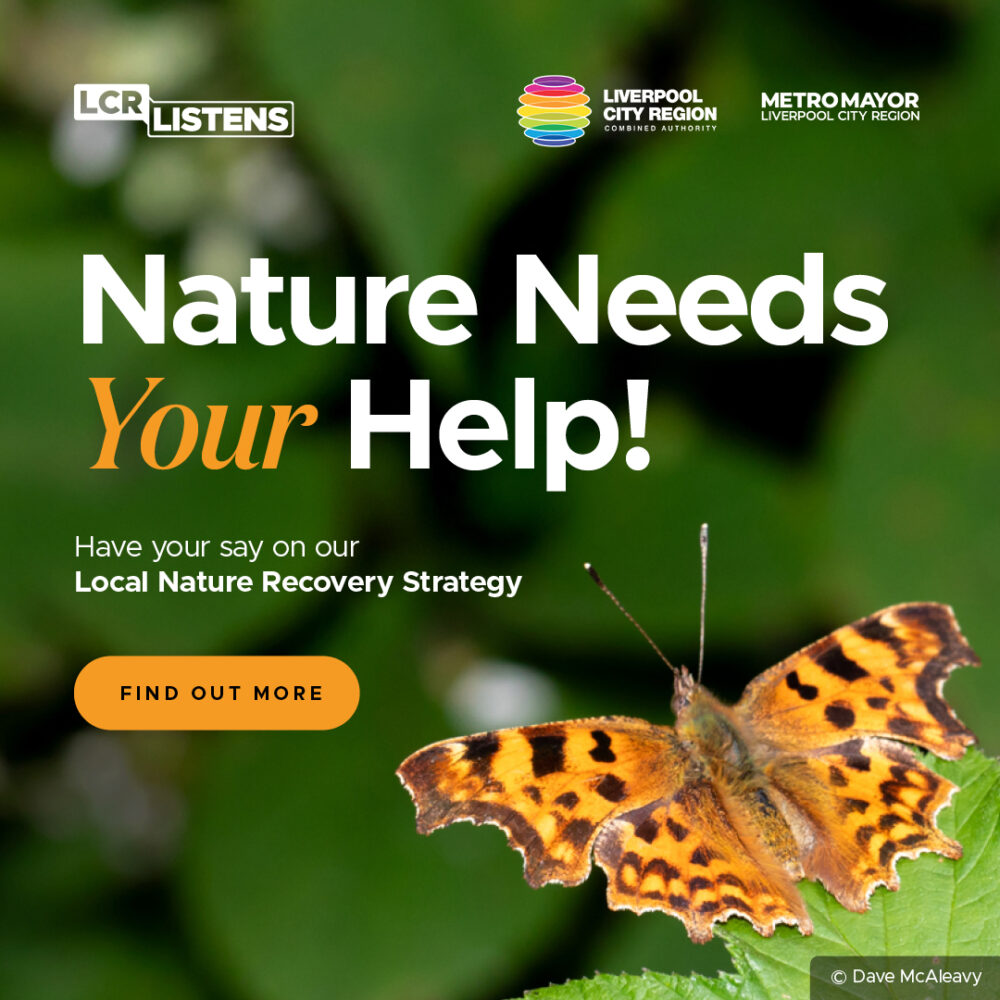
The Liverpool City Region contains four internationally recognised wetlands, five European Special Protection Areas, three National Nature Reserves, 18 Sites of Special Scientific Interest, 384 Local Wildlife Sites and 29 Local Nature Reserves. These areas are valued, providing easy access to nature and a boost to health and well-being.
The LNRS is one of 48 nature recovery strategies across England aimed at detailing the urgent action required to restore the natural environment.
It is also designed to feed into the planning system which now requires new developments to deliver a positive impact on biodiversity.
Locations included in the LNRS should find it easier to attract funding for nature recovery from a variety of sources, including Biodiversity Net Gain, where habitat enhancements required by planning authorities are carried out offsite from the development.
Inclusion in the strategy does not affect how landowners manage areas but identifies opportunities for nature. Land managers can ask to have land added or removed from the map.
Last year the Combined Authority launched phase one of the public consultation, which asked people why nature matters to them and what they wanted to see included in the strategy.
Now people are being asked to comment on the draft strategy and proposed maps identifying potential areas requiring nature recovery.




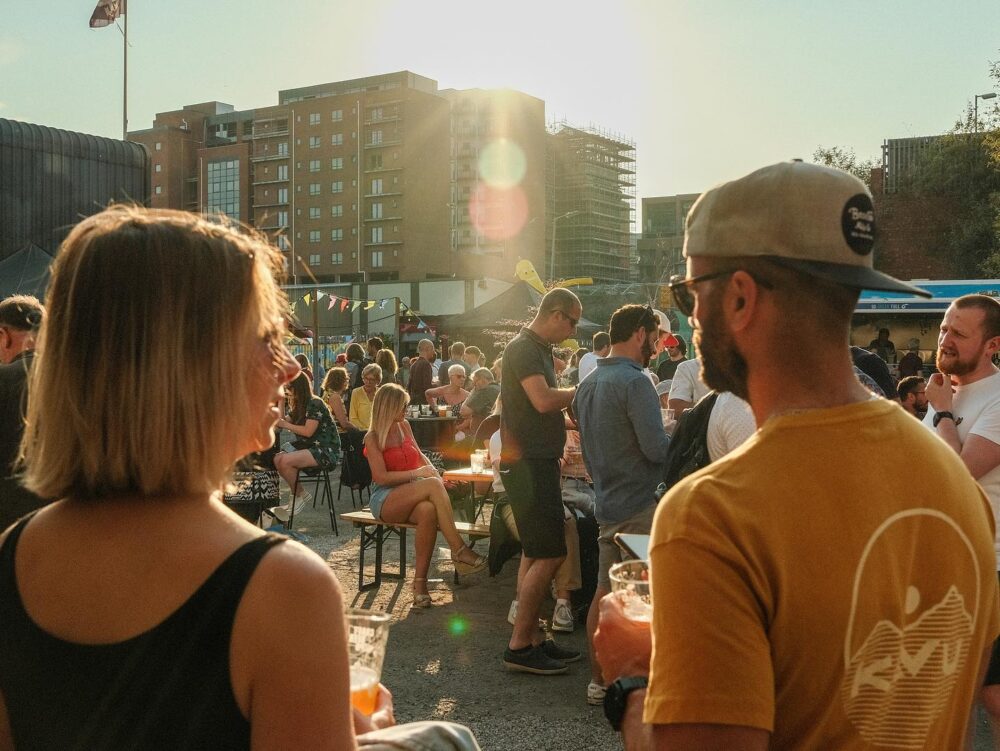


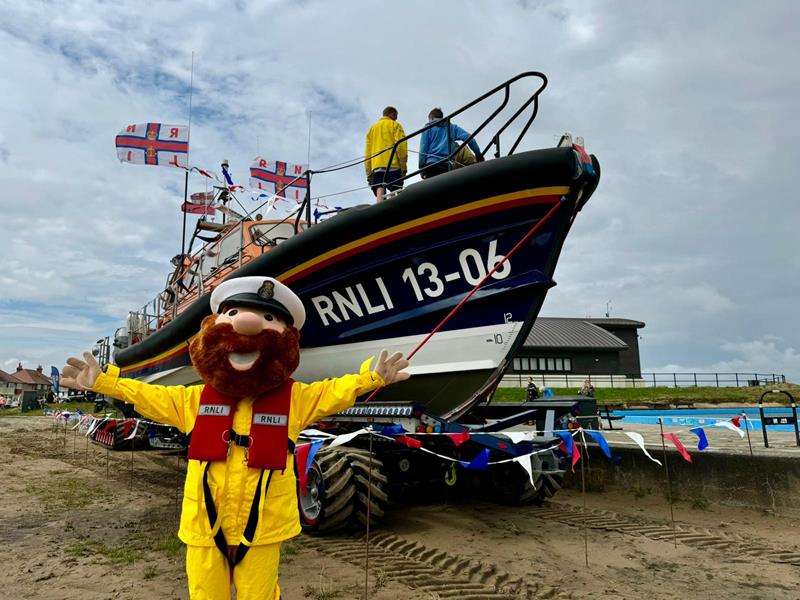

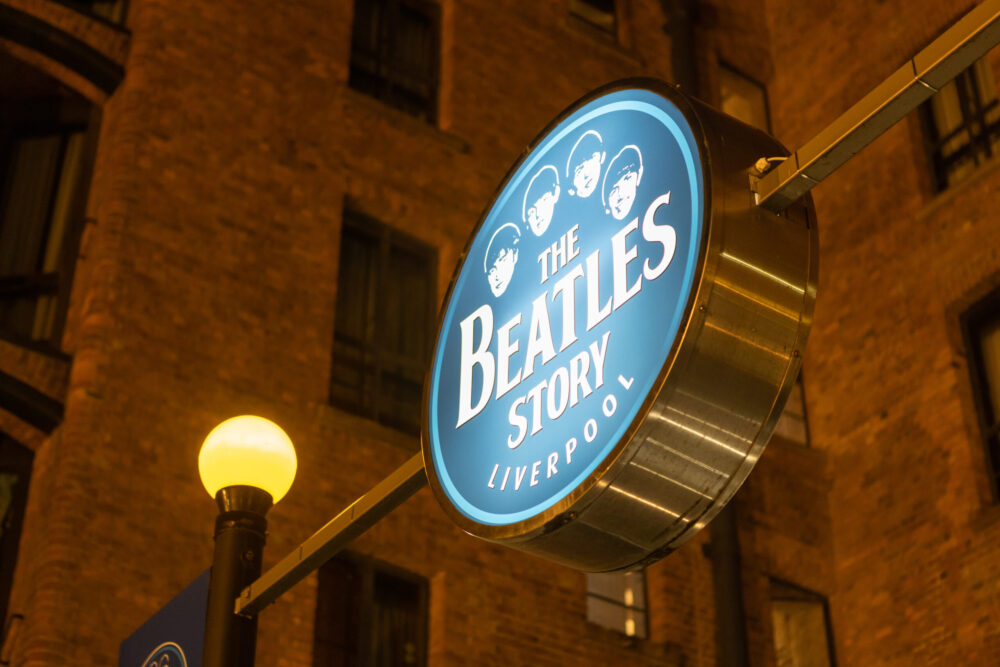

 Subscribe
Subscribe Follow Us
Follow Us Follow Us
Follow Us Follow Us
Follow Us Follow Us
Follow Us


